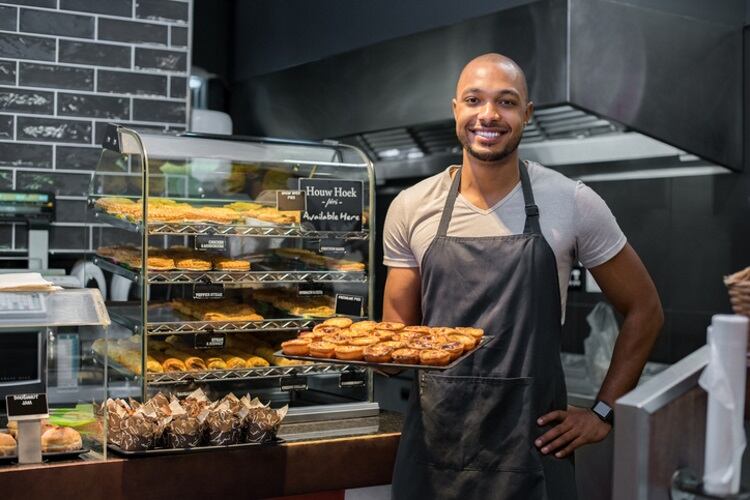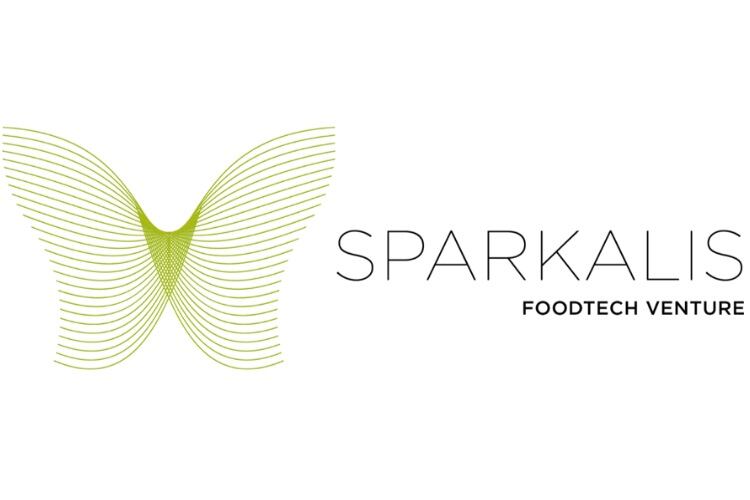Key takeaways:
- Scaling too early is the top reason startups fail – founders must secure real product-market fit before chasing growth.
- Operational readiness is non-negotiable – pressure-test supply chains, finances and people before expanding.
- Global success demands adaptability – tailor products, branding and compliance to each market instead of copying and pasting.
Everyone thinks they’ve got the next great snack. Maybe they do. But getting from a home kitchen or a few indie stores to international supermarkets takes more than flavor. The snack world’s tough. Margins are thin, shelves are limited and customers bounce fast.
Still, some make it. RXBar started small in 2012, got serious and ended up in a $600 million deal with Kellogg in 2017. Kind built a mission around its bars and took that global. Hippeas used punchy branding to hop across the Atlantic. These aren’t outliers – they’re operators who got the sequence right.
At Northwestern’s Kellogg School of Management, researchers say most startups don’t fail because the idea stinks – they fail because they scale before they’re ready. The Startup Genome Report found roughly 74% of startups collapse due to premature scaling or a weak operating model, even with a solid concept.
Prof Carter Cast, clinical professor of strategy at Kellogg, says timing is everything: “If you don’t have product-market fit, the effort you spend to scale the business amounts to pouring money down the drain.” Founders, he adds, often mistake early enthusiasm for genuine traction. And when the numbers flatten, they’re left exposed.
Prof Cast also warns that “scaling without having a good idea of what will break operationally will just amplify your losses.” For snack founders, that hits home. Scaling too soon doesn’t just waste money – it can erode trust with consumers and retailers if quality slips or supply chains strain under the pressure.
So before chasing global shelf space, take a breath. Prove the product works, that demand’s real, and that your systems can handle growth. Get it wrong and the cost isn’t just shelf space – it’s credibility.
Nail the product before you touch the throttle

Product-market fit isn’t a vibe. It’s when real shoppers buy, rebuy, and ask for more. As Prof Cast says, you’ve got to earn that proof before pressing the gas.
RXBar didn’t scale on a hunch. It sold like mad in gyms and health stores. Once the demand was real – and repeatable – it leveled up. By the time Kellogg came calling, it was clocking over $100 million in annual sales.
UK brand Graze took a different route. It tested endlessly, learning from subscribers and using data to drive new product development. That patience gave it enough traction to move into US retail and eventually catch Unilever’s eye in 2019 for a reported $194 million valuation.
Founders who skip this step end up scaling problems, not products. It’s far better to refine early than to fix later at scale. Once you’ve landed that retail deal, the clock’s ticking – and if shoppers don’t rebuy, you’ll lose the slot fast.
The smartest startups obsess over feedback loops: running taste tests, refining packaging, trialing pop-ups, tracking reorders. In snacks, repeat purchases are the best sign of staying power. A reorder rate above 30% suggests you’re onto something; below 20%, it’s time to rethink flavor, price or pack format before expanding.
Operations: Where growth gets real

Now comes the part few founders like to face: operations. Can you make enough? Ship it fresh? Handle a surge without wrecking quality? Donna Levin, cofounder of Care.com and entrepreneur-in-residence at the Martin Trust Center for MIT Entrepreneurship, says the only way to know is to ‘pressure-test’ early and often. Her question for every founder: What snaps if you double orders next week?
Levin helped scale Care.com from a handful of people to over 20 million members in 16 countries, taking it through five rounds of funding to IPO. Her message is simple: growth doesn’t fix weak systems – it exposes them. “You need to operationalize before you optimize,” she said in MIT’s How to Scale a Startup series.
For snack companies, that means stress-testing everything – sourcing, co-packer capacity, logistics, packaging and shelf life. Levin urges founders to run ‘fire drills’. Pretend you’ve doubled sales or lost your main supplier overnight. Who calls whom? What’s the backup plan? Too many startups find out too late.
She also warns against ‘hopeful scaling’ – growing on optimism instead of readiness. “It’s easy to get swept up in early success,” she said. “The hard part is staying disciplined when people are throwing opportunity at you.”
When RXBar grew faster than expected, it literally ran out of dates – its core ingredient – and had to scramble for supply. Food isn’t like software. You can’t patch a broken supply chain. Unlike SaaS (Software as a Service), where growth happens digitally, snacks are physical. They melt, crush, expire and cost money to move.
Operational maturity means redundancy and foresight: multiple suppliers, a manufacturer who can scale quality with volume, flexible distribution partners and enough cash flow to handle 60- or 90-day retailer terms. “Don’t assume growth will fix your problems – growth will reveal them,” says Levin.
Hippeas took that lesson to heart. After landing shelf space on both sides of the Atlantic, the brand hired experienced execs to steady logistics and production. The New York-based company kept growing, but more importantly, it didn’t lose consistency – and in snacks, consistency is currency.
One underused but powerful tactic is phased scaling. Instead of leaping into 1,000 stores, test in 100. Track sell-through. Identify bottlenecks. Learn fast. Levin’s pressure-test philosophy boils down to this – find the cracks before your customers do.
Your brand travels further than you do

Why do some snacks get picked up while others collect dust? Branding. It’s not just design – it’s identity. Are you the healthy one? The cheeky one? The mission-led one? Consumers decide in seconds.
Kind nailed this early. It wasn’t just a nut bar – it was kindness you could eat. That clarity gave it pricing power and eventually a global distribution deal with Mars in 2020. Its strong narrative helped it expand into over 35 countries without diluting its core.
Hippeas leaned into fun. Neon bags, a 60s vibe and a playful tone made plant-based feel cool, not preachy. Strong branding also wins with investors: a distinctive look and loyal following gives VCs confidence.
Keep your core message steady but tweak the details. Kind became ‘Be-Kind’ in some markets; Graze adjusted flavor and pack size. Brands travel better when they bend without breaking.
Here’s a practical tip: your name, color palette and value proposition must make sense globally. Avoid slang or culturally loaded symbols. Always check that your brand name translates well and isn’t already trademarked.
Going global: Start small, think long

Going international isn’t a badge – it’s a test. Can your product translate, literally and culturally? Remember that what sells in Brooklyn might flop in Berlin.
Start with close cousins: Singapore, Canada, the UK – markets that welcome new food and are easy to test. Use e-commerce. Partner with a savvy distributor. Keep stakes low.
Adapt as you go. You may need less sugar; more spice; or a name tweak. Big brands localize everything – so should you. Launching digitally first is a smart move; brands like The Coconut Collaborative and Candy Kittens tested new markets via Amazon before pursuing grocers, lowering risk and gathering data.
And do your homework on labeling, taxes, shelf-life regulations and ingredient restrictions. The EU bans several additives that are allowed in the US and claims like ‘low sugar’ or ‘high protein’ must meet strict regional standards.
Global growth takes time. Expect two to three years before profitability. Even giants like Graze and Kind needed patience, capital and adaptability to get there.
Scaling a snack brand takes more than hustle. It takes restraint, adaptability and process. Anyone can launch a snack, but to last and go global, you’ve got to earn every step. Better to move slow and stay sticky than rush and crumble.
Scaling smarter – 5 moves that matter
1. Build fit before you build factories: Make sure people want it again and again before going big. You need traction, not just transactions.
2. Don’t scale what you can’t supply: Run pressure tests. What breaks if demand doubles? Then fix it.
3. Hire beyond the founding team: Bringing in ops pros isn’t selling out. It’s growing up. Start with supply chain and finance.
4. Let your brand carry weight: A clear voice and story work harder than paid media. If your shelf presence doesn’t speak in under 3 seconds, rethink it.
5. Go global with local sense: Flavors, formats, claims – all need local tweaks. Respect the culture, follow the rules and adapt fast.





